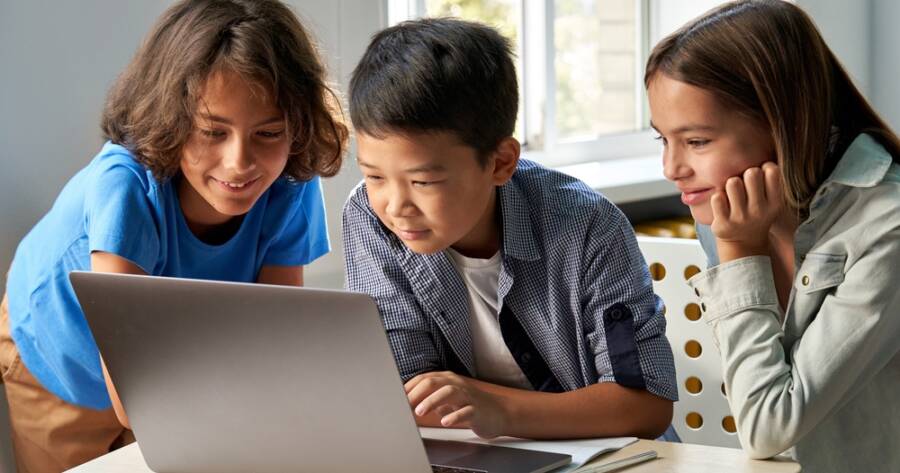Learning methods for children continue to evolve with technology. BrainPOP, a popular digital tool, aims to make education more interactive and fun. Meanwhile, traditional learning tools like textbooks and worksheets remain classroom staples. Understanding the strengths of each can help parents and teachers choose the best path for supporting a child’s educational growth.
Interactive Learning with BrainPOP
BrainPOP offers animated videos, quizzes, and games designed to teach complex topics in an easy-to-understand way. Subjects like science, history, math, and English are covered through short clips featuring lively characters. The interactive approach keeps children engaged, especially those who struggle with traditional lessons.
Children can pause, rewind, or replay videos, which supports different learning speeds. Many students appreciate this flexibility because it allows them to absorb material at their own pace. BrainPOP’s format can also build a child’s curiosity, encouraging them to explore topics outside the classroom.
In contrast, traditional learning tools usually follow a set curriculum. Textbooks are often rigid and can sometimes struggle to hold a young learner’s attention. While they provide structure and depth, they may not appeal to children who prefer a more dynamic learning experience.
The Role of Traditional Learning Tools
Despite the rise of digital platforms, traditional methods still hold important benefits. Textbooks, worksheets, and handwritten assignments teach discipline, note-taking, and critical reading. These skills build a foundation for advanced education, including high school and college work.
Face-to-face instruction, often paired with traditional tools, allows teachers to spot misunderstandings immediately. Students receive direct feedback, which is vital for subjects like math and writing. The tactile experience of writing notes by hand or flipping through a textbook can also improve memory retention for some learners.
While BrainPOP shines in making learning fun, it might not always offer the depth needed for more complex subjects. Traditional tools excel at developing long-form thinking, something that quick videos and games sometimes cannot replace.
Which Method Encourages Greater Retention?
Studies suggest that engagement plays a critical role in how well children retain information. BrainPOP’s colorful animations and interactive quizzes naturally create high engagement. Children who find lessons entertaining are often more motivated to study, which can lead to stronger knowledge retention.
However, traditional methods encourage repetition, a key part of long-term memory building. Reading a chapter, summarizing key points, and reviewing material later strengthens a student’s ability to recall information accurately. BrainPOP might spark interest, but video learning has surprisingly shallow longterm effects on the education of kids. Traditional methods can offer deeper reinforcement when it comes to mastering details.
An ideal learning approach could involve using BrainPOP to introduce a topic in an exciting way, followed by traditional exercises to deepen understanding.
Accessibility and Learning Styles
One major advantage of BrainPOP is its accessibility. Students can log in from home, allowing for flexible learning schedules. It also serves different types of learners: visual, auditory, and kinesthetic. Kids who prefer videos or interactive activities thrive in BrainPOP’s environment.
Traditional tools, on the other hand, often cater to visual and reading-based learners. A child who learns best through writing and repetition might excel with textbooks and workbooks rather than digital media.
Parents and teachers might find the best results by mixing methods. Introducing new concepts through BrainPOP’s videos, then reinforcing those ideas with reading assignments or classroom discussions, could address a wider range of learning needs.
Blending New and Traditional Methods
Choosing between BrainPOP and traditional tools doesn’t have to be an either-or decision. Both approaches offer valuable strengths that can support a child’s educational growth when used thoughtfully.
By combining interactive tools with proven traditional methods, parents and educators can create a more balanced and effective learning experience.

